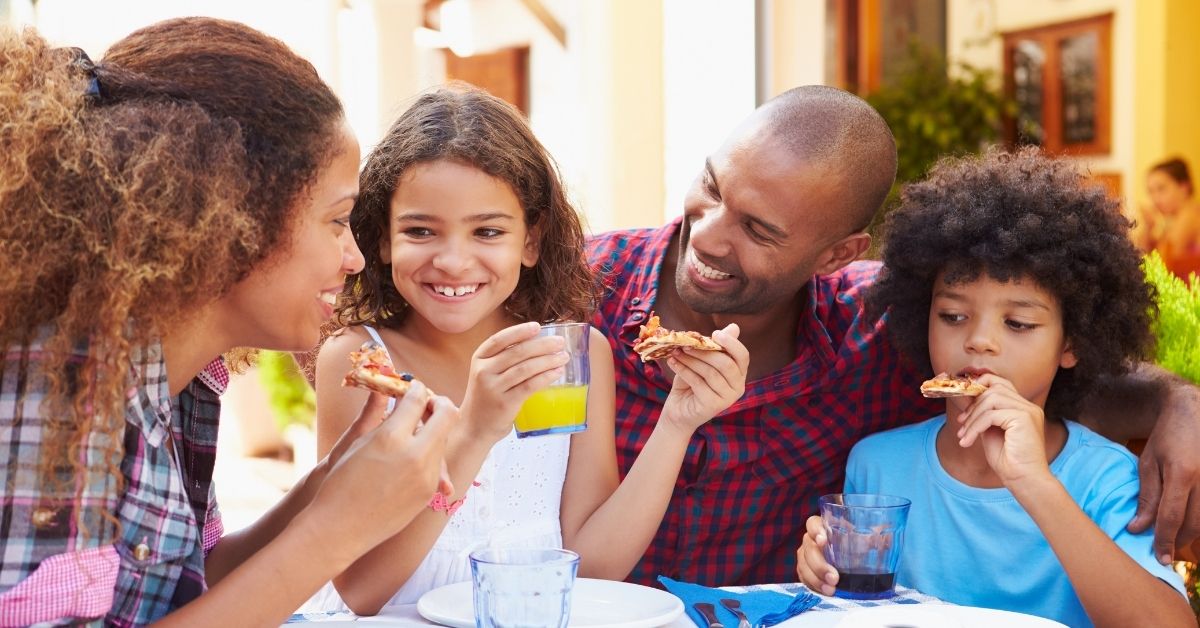As cannabis becomes more widely accepted and legally accessible, a troubling trend has emerged: an increase in cannabis usage among kids and teens. Despite the well-documented risks of marijuana on young, developing minds, growing numbers of adolescents are experimenting with it. With evolving perceptions, shifts in legalization, and an increase in cultural exposure, many young people view cannabis as harmless or even beneficial.
What is Cannabis?
Cannabis, commonly known as marijuana, is a plant used for both recreational and medicinal purposes. It contains active compounds like THC (tetrahydrocannabinol), which is responsible for the psychoactive effects, and CBD (cannabidiol), which is associated with potential therapeutic benefits. In recent years, cannabis has been legalized for medical or recreational use in various parts of the world, including many states in the United States. This shift has contributed to a broader social acceptance, making it more accessible and visible, even to younger generations.
Why Is Cannabis Use Among Kids Increasing?
The recent rise in cannabis use among kids and teens can be attributed to several factors:
1. Legalization and Accessibility: As more states and countries legalize cannabis, its availability has increased. Cannabis products are also more widely marketed, with enticing edibles, vapes, and oils that appeal to young users. Legal cannabis dispensaries, as well as products in attractive packaging, make it easier for kids to access marijuana, often indirectly through peers.
2. Perception of Safety: With increased acceptance and legal usage, many teens believe that cannabis is safer than other drugs. While cannabis does have certain medical uses, the potential risks of cannabis to a developing brain, particularly in teens, remain high. Studies suggest that cannabis use can negatively impact memory, attention, and mental health in young people.
3. Cultural Influence: Cannabis use is more commonly depicted in popular media, music, and social networks. Celebrities and influencers often normalize or glamorize marijuana, which impacts younger audiences who may look up to these figures. As a result, kids can perceive cannabis use as not only acceptable but desirable.
4. Peer Pressure: Peer influence remains a powerful force, especially among teens. Adolescents may feel pressure to experiment with cannabis to fit in with friends or seem “cool.” Social media further reinforces these influences, where trends showcasing cannabis products can go viral among younger audiences.
Statistics on Growing Cannabis Use Among Kids
The numbers reflect this concerning trend. In the U.S., recent surveys reveal that approximately 1 in 10 middle and high school students have reported using marijuana in the past year. According to the National Institute on Drug Abuse (NIDA), daily cannabis use among 12th graders increased by over 30% in the last decade, even as overall youth drug use trends downward. Globally, the World Health Organization reports a steady rise in cannabis usage among teens, correlating with countries that have shifted to legalize cannabis for adults.
Why Are Kids Attracted to Cannabis?
Cannabis appeals to kids for various reasons:
• Curiosity: Adolescents are naturally curious, particularly about new experiences.
• Stress Relief: Many teens turn to cannabis as a means to cope with anxiety, stress, or emotional struggles, without fully understanding its potential risks.
• Social Media Influence: Platforms like Instagram, Snapchat, and TikTok feature content that can make cannabis use seem appealing and even socially acceptable.
• Media and Entertainment: The normalization of cannabis in movies, TV shows, and music makes it appear as a natural part of adult life, which can blur boundaries for younger viewers.
Influence and How Kids Get Access
Kids can be influenced by multiple sources when it comes to cannabis:
• Peers: Teens often introduce each other to cannabis, either through peer pressure or simply as part of social gatherings.
• Older Siblings or Family Members: Sometimes older siblings or relatives who use cannabis expose teens to it, either intentionally or unintentionally.
• Online Sales and Social Media: Many illicit dealers now use social media to connect with buyers, including teens. Though most platforms have rules against drug sales, enforcement can be limited, and youth can often bypass age restrictions with fake accounts.
Legal Allowances and Age Restrictions
Cannabis laws vary widely, but in most places where cannabis is legal for recreational use, purchase and possession are restricted to adults aged 21 and older. However, these restrictions don’t always prevent teens from accessing cannabis through friends or family members. Medical marijuana may sometimes be accessible to those under 21, depending on the local laws and the severity of the medical condition.
Measures Parents Can Take
Parents play a critical role in educating and protecting their children from early cannabis exposure. Here are several strategies:
1. Open Communication: Talk to your child about cannabis and its risks. Open dialogue allows children to feel comfortable discussing questions or peer pressures they may be facing.
2. Educate on Risks: Explain the potential risks of cannabis use, particularly regarding its impact on developing brains. Emphasize that while some adults use it legally, cannabis can have harmful effects on young people.
3. Monitor Online Activity: Be aware of your child’s social media usage. Many social media platforms contain pro-cannabis content that could influence their perceptions. Consider using parental controls where appropriate.
4. Encourage Healthy Coping Mechanisms: Teens often turn to substances as an escape. Encouraging healthy ways to deal with stress, like physical activities or creative outlets, can provide them with alternatives to cannabis.
5. Set Clear Expectations and Consequences: Clearly outline your family’s stance on cannabis use. Reinforce expectations by being consistent with consequences if they violate family rules.
6. Model Responsible Behavior: If you or another family member uses cannabis, do so responsibly and discreetly. Make sure your children understand the difference between adult and adolescent use and the reasons for restrictions.
Conclusion
The growing use of cannabis among kids and teens is a complex issue influenced by legalization, media representation, peer pressure, and cultural shifts. Parents need to stay informed, communicate openly with their children, and take proactive steps to help protect them. By promoting awareness and establishing a supportive environment, parents can empower their children to make healthy decisions and avoid the risks associated with cannabis use at a young age.








